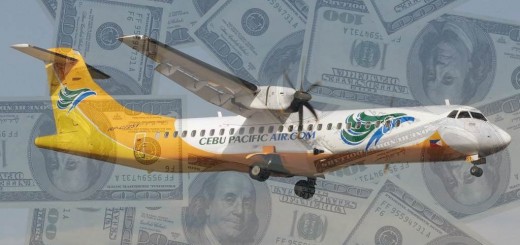CAAP may help AirphilExpress
The Civil Aeronautics Board (CAB) will tap the expertise of the Civil Aviation Authority of the Philippines (CAAP) in appealing AirphilExpress’ case before South Korean aviation officials.
Low-cost carrier AirphilExpress was barred from flying to the gateway of the Seoul capital when it filed its application to resume its Kalibo-Incheon flights. In denying its application, Seoul had cited a ban on the Philippines imposed by the US Federal Aviation Administration (FAA), the European Union and the International Civil Aviation Organization.
The air talks between the Philippines and South Korea were held on April 2 and April 3. “The issue on air talks was more of an economic discussion whereas AirphilExpress’ case is a technical matter which needs the expertise of technical people such as those in the Caap,” said a CAB official.
[Editor’s comment:] How can CAAP do this job? During the recent technical review, no AOC holder had completed the revalidation process nor had any new AOCs been issued since the September 2011 publishing of the guidelines. Both the Philippine Airlines and Cebu Airlines re-validation were incomplete. 









How do you know that? Is that a fact?
Got the information from a friend who works in the airline business in Manila.
There is one immediately working solution: Get Cusi back!
If the current crew continues, we’ll need to swim abroad.
How can you get Cusi back if he doesn’t like? Is there nobody else who can do the job?
Cusi won’t come back. Period!
There are foreign experts who could do the job, but this costs a lot of $$$.
To get out of FAA Category 2 will need about 3 years. Getting out of ICAO SSC and EU ban might be faster 1.5 to 2 years.
But the Philippines’ airline industry is starving and gets more and more troubles with its Asian neighbors. See AirphilExpress.
A short term solution could be amending R.A. 9497 and allow wet-lease. So the airlines could register their birds abroad,
have them certified and wet-lease them to operate in the Philippines and on international flights.
I refer to Section 4-§rr and Section 41-§a.
Why do the airlines not make pressure on CAAP? Who or what is holding them back?